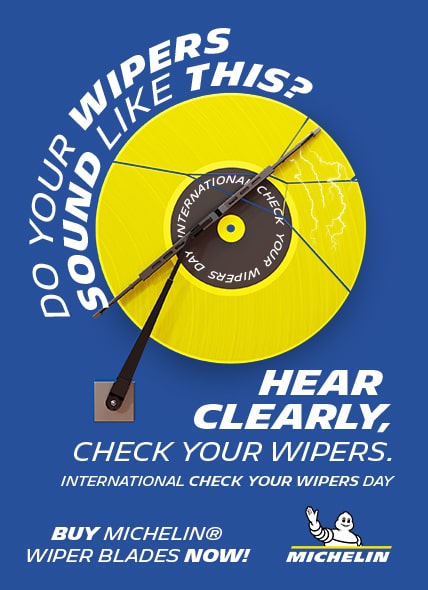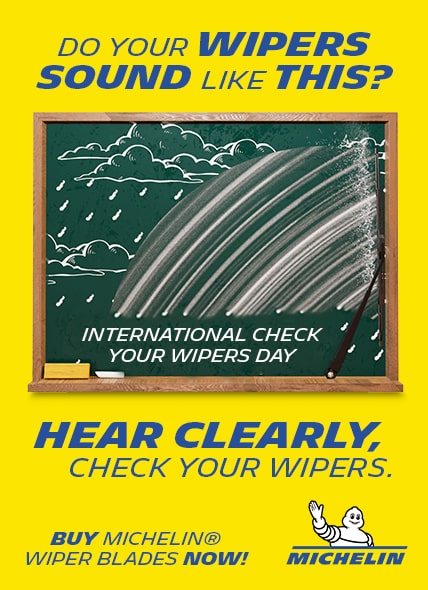See Clearly. Drive confidently. How to Check your Wiper Blades
and Signs of Wear.
Keeping your windshield clear is a necessity for everyday visibility, but the quality of your wiper blades is even more important in inclement weather. Old or damaged blades may not be up to the task of keeping your line of sight clear during a heavy spring downpour. When it comes to choosing new blades, give careful attention to performance.
Wiper blades and driving safety
What to look for when inspecting wiper blades
- Broken or Bent frame – detachment of primary levers or blade claws from metal frame arms at rivet points.
- Metal Corrosion – especially at rivet points and claws.
- Visible cracks, tears, and missing pieces in the rubber element’s edge.
- Flex rubber element back and forth to see if it is still flexible. Aged elements will have difficulty conforming to the curve of your windshield and create streaks.
- Check element wiping edge for rounded edges which can prevent the wiper blade from making strong contact with the windshield and reduces wipe quality.
- Tug to ensure the wiper blade has been securely installed on the wiper arm.
- Check that rubber element is secure in the wiper frame.
- Look and remove debris from trees or road that is collected near the wiper cowl.
Change your wiper blades if you
experience any of these 4 major
signs of wiper blade wear
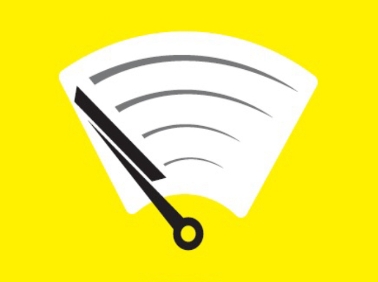
Streaking
Rubber that has hardened or cracked, due to
exposure to the elements or debris, leaving
bands of water.
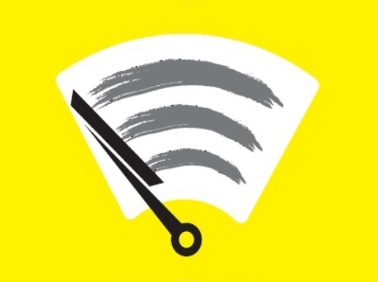
Smearing
A rubber edge that has rounded or split, due
to age or physical damage, will smear water.
This smearing causes unwiped/or cloudy areas.
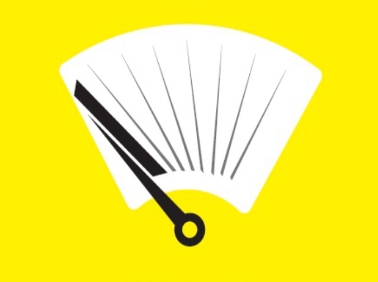
Chattering
Rubber that has developed a permanent set
or curve, usually due to exposure to
extremes in temperature, causing the blade
to skip or vibrate.
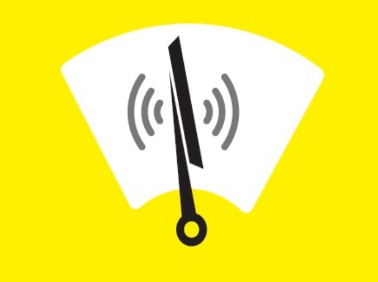
Squeaking
Rubber that has become old, worn or inferior
does not move quietly across the glass.
WHEN TO REPLACE YOUR WIPER BLADES RATE YOUR BLADES BELOW, SAFER DRIVING
DEPENDS ON IT!
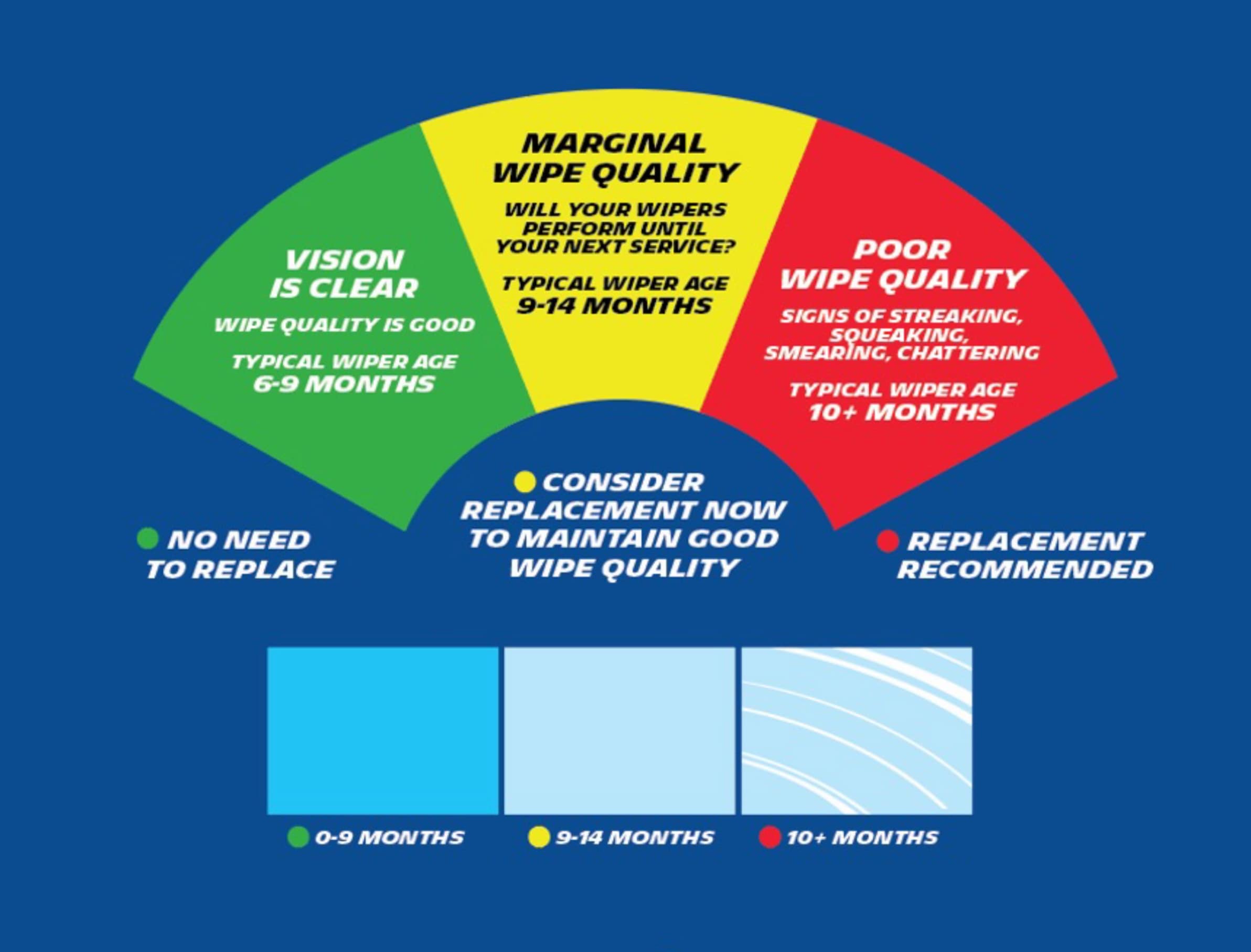
Need Help?
